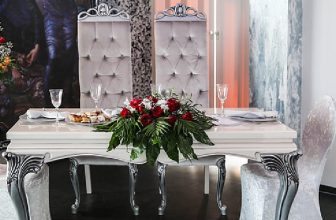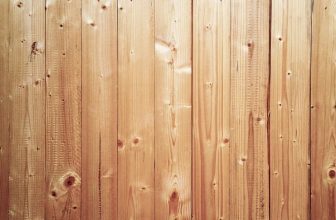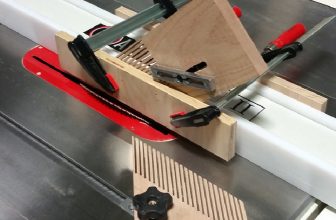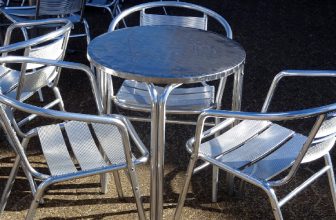How to Number Wedding Tables
When planning a wedding reception, one important task is to number the wedding tables to ensure a smooth and organized seating arrangement for guests. Numbering wedding tables is a practical way to guide guests to their designated seats and avoid any confusion or chaos during the reception.
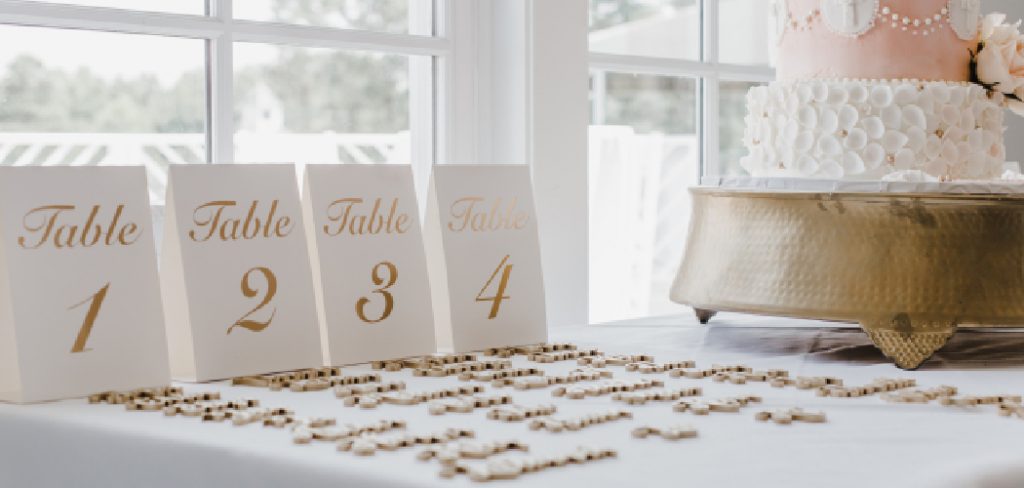
But numbering wedding tables doesn’t have to be boring or ordinary; it can be an opportunity to add a personal and creative touch to your wedding decor. In this article, we will explore various methods and ideas on how to number wedding tables in a creative and stylish way.
From traditional numbering methods to unique and innovative ideas, you’ll find inspiration on how to make your wedding table numbers a memorable and meaningful part of your special day. So, let’s dive in and explore the different ways to number wedding tables and add a touch of flair to your reception!
How Do You Tell Guests Their Table Number?
The easiest way to let your wedding guests know their table numbers is by printing it on the invitation or other stationery you’ve sent them. If you are using place cards, make sure to include a table number on each one as well. You can also create a seating chart showing the names of all your guests and which tables they should be seated at. This can be placed in an obvious place so that guests know where to find their table.
If you want to make things extra special, consider making custom cards or signs with each table number on it. Place these cards or signs at the entrance of your reception area and direct guests to their tables this way. It’s a nice added touch that will help your wedding decor look more cohesive and organized.
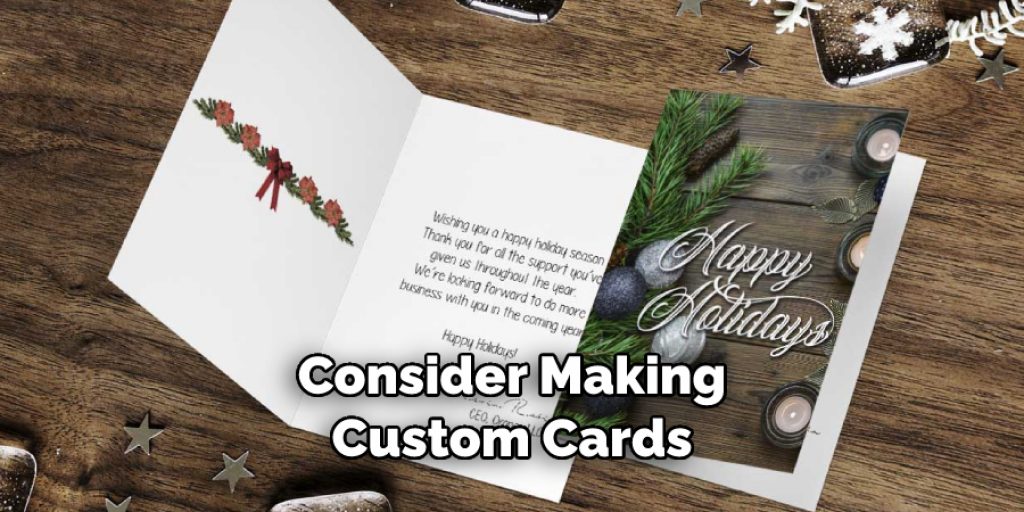
Whether you have assigned seating or not, let your caterers and servers know which tables are which ahead of time so they can direct guests if need be. Make sure they also know how many guests are supposed to be at each table and who is sitting where if you have assigned seats.
Telling your guests their table numbers is an important part of the wedding planning process. With a little bit of organization and thought, you can easily ensure that your guests know where to go and when to be seated.
8 Effective Ways How to Number Wedding Tables
1. Traditional Numbers
Use standard numerical digits (e.g., 1, 2, 3, 4) to number the tables. This is the most common and straightforward method. The main disadvantage of this approach is that it can be difficult to distinguish which number refers to which table, particularly in a larger wedding reception. If you use this method, consider using a seating chart to make it easier for guests to find their tables. While this is a traditional approach, it does not necessarily reflect the personalities of the couple getting married.
2. Roman Numerals
Use Roman numerals (e.g., I, II, III, IV) to give your tables a classic and sophisticated touch. You can use Roman numerals to label each table, and/or you can assign a corresponding number (e.g., Table I = 1, Table II = 2).

Roman numerals can be easily printed on traditional place cards, or you could use them as creative table markers. For a more modern spin, you could use different colors to denote which tables are I-V and which are VI-X. Either way, Roman numerals will help make your wedding look timeless and elegant.
3. Words in Different Languages
Choose numbers in different languages to add an international flair to your wedding, such as “Uno,” “Deux,” “Tres,” or “Eins,” “Zwei,” “Drei.” Make sure you are familiar with the pronunciation of these words, so that your guests can easily understand which table is which.
If there is an international guest of honor, consider using their native language for the number words as a special surprise! However, if there are too many languages at the wedding, this may be overwhelming and confusing for guests. In that case, use only one or two foreign languages.
4. Monograms
Create monograms with the initials of the couple and use them as table numbers. This can add a personal touch to your wedding decor. Using monograms is great for a more formal wedding, but it can also be adapted to many different styles.
You can choose to have them printed on cards or create your own using paper and scissors. Alternatively, you can get them professionally printed on wooden blocks for a unique look. Monograms are an easy way to add a personalized touch to your wedding tables.
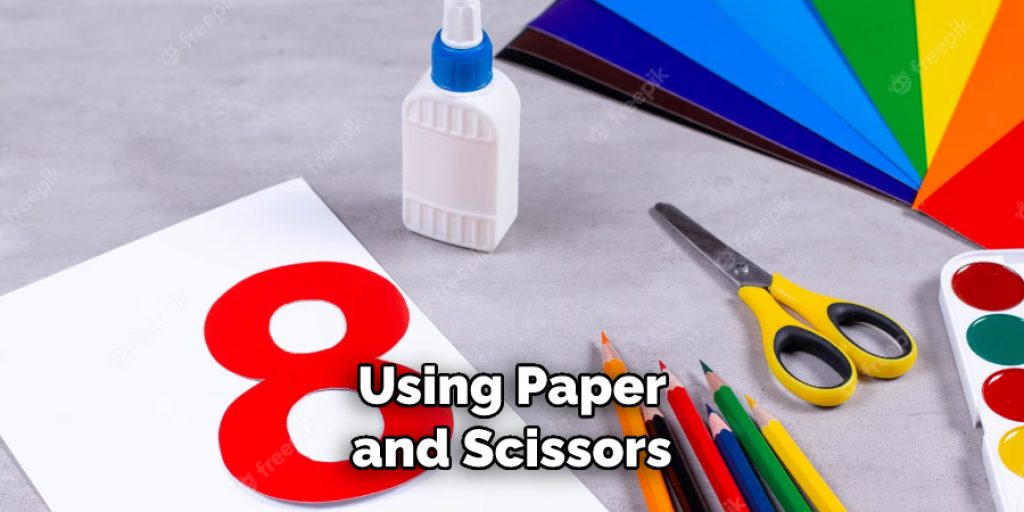
5. Symbolic Shapes
Use different shapes, such as hearts, stars, or flowers, to represent each table. This can add a whimsical and unique touch to your wedding. For example, you can assign each table a different flower – roses for one table and daisies for another. You can also use colors to represent tables, such as blue, green, and pink.
This will add a fun yet simple element to your wedding seating plan. While symbols are a great way to add visual interest, be sure not to overcrowd the plan with too many shapes. This can create confusion and make it difficult for guests to locate their tables.
6. Family Tree
Create a family tree with the names of both families and use it as a table number chart. This can be a meaningful way to honor your families and their connections. It is also a great way of showcasing the merging of two families, and it can have a powerful visual effect inside your reception venue.
Place family photos around the table or hang a large framed family tree on the wall to further emphasize the importance of family. If you can’t fit everyone in place cards, you can use a combination of the family tree and other table numbers.
7. Milestones
Use significant milestones in your relationship as table numbers, such as the date you met, got engaged, or the number of years you’ve been together. This is a nice way to celebrate your journey together, even though your table numbers are not traditional. For example, if you’ve been dating for 8 years, you could label tables 8-15.

If you got engaged on October 10th, 2019, you can use 10-19 to commemorate the special day. You and your partner can also use this an opportunity to reflect on the memories you’ve shared throughout the years.
8. Photos of Guests
Display photos of your guests on each table, and use them as table numbers. This can be a fun way to involve your guests and make them feel special. You can use photos from different stages of the guest’s life, or if all else fails, you can create a collage of different scenic shots that represent the relationship between that table and your wedding.
This is also a great way to include guests who are no longer with us but have been important in your lives. Make sure that each table has a unique photo, so guests are able to easily identify their table.
Remember to choose a numbering method that reflects your personalities and preferences as a couple, and that complements the overall theme and style of your wedding.
Things to Consider When Number Wedding Tables
1. Consider How Many Guests Will be Sitting at the Table
Depending on the size of your wedding, you may need to consider how many guests will be sitting at each table. If there are a large number of guests, you may need to consider having more than one table per number or splitting them up into different tables for larger groups.
2. Think About the Seating Arrangement
When numbering wedding tables, it’s important to think about how your guests will be seated. Will they be arranged in rounds or in rows? Consider how best to group people together while allowing plenty of space between seats. You should also consider whether or not you want to assign specific seats or allow your guests to choose their own seating arrangements when they sit down.
3. Make Sure There Are Adequate Table Numbers and Place Cards
Another thing to consider when numbering wedding tables is to make sure there are enough table numbers and place cards. You might need more than one set depending on the number of guests attending your wedding. It’s also a good idea to double-check that all the place cards have been assigned correctly so everyone knows where they should be sitting.
4. Use Creative Table Numbers
Table numbers don’t have to be boring! Consider using creative table numbers, such as photos or other decorations, that reflect your personalities and style as a couple. This will help ensure that your reception looks beautiful while still being functional and organized.
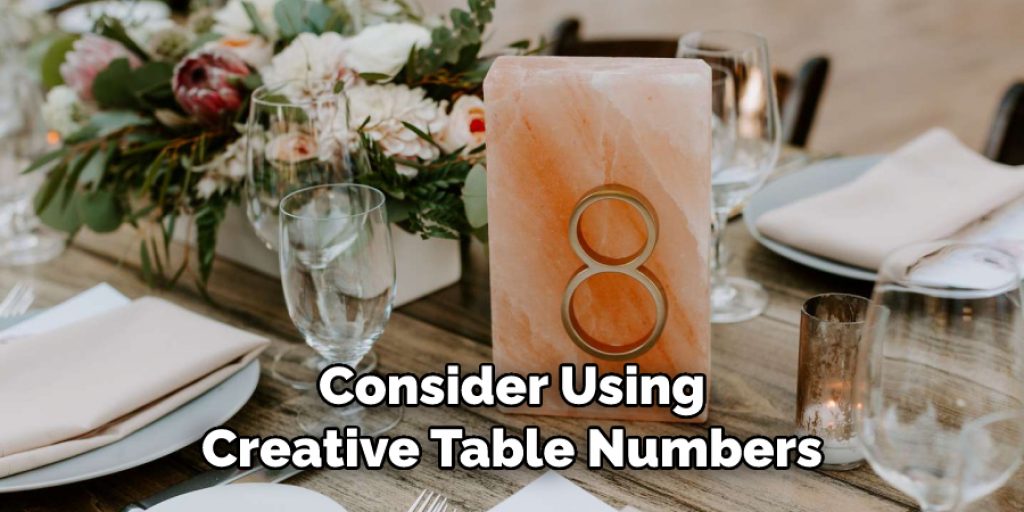
Conclusion
In conclusion, numbering wedding tables can be a practical and organized way to ensure a smooth seating arrangement for guests. By following a systematic approach and considering factors such as guest count, layout, and aesthetic preferences, couples can create a numbering system that is easy to understand and implement. Thanks for reading, and we hope this has given you some inspiration on how to number wedding tables!

